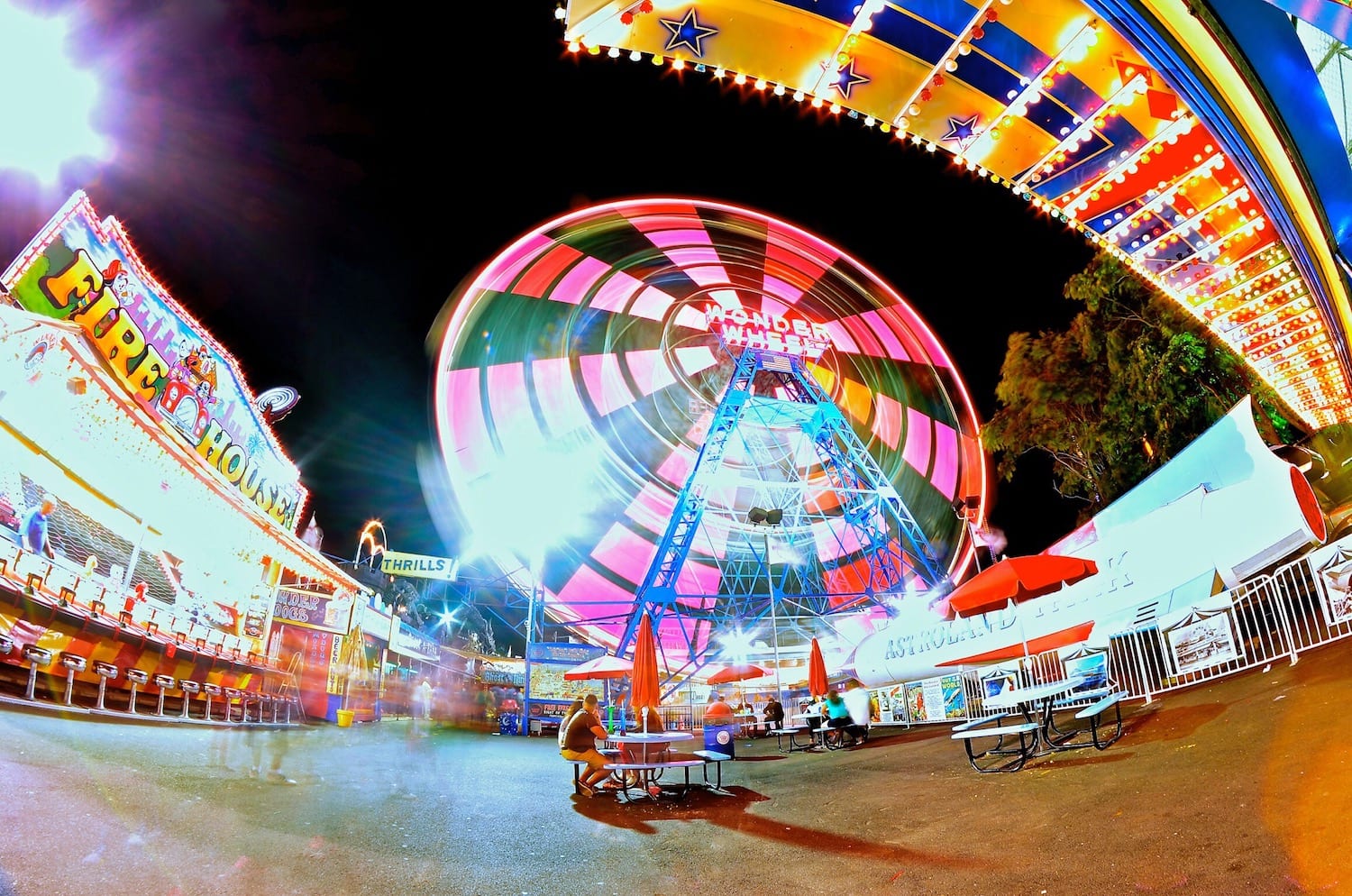Maintaining the nostalgia of Coney Island’s family-owned Wonder Wheel in a high-tech age.
Amusement park fans first met the Wonder Wheel at Coney Island in 1920. Deno Vourderis’ family bought the wheel and surrounding park in the 1980s. Before purchasing the iconic property, Vourderis’ grandfather worked for the previous owners as a mechanic. Legend has it, when Deno Sr. started working on the Wonder Wheel, he was given a note on the back of a cigarette carton that amounted to a repair manual for the ride. The note said simply “good luck.”
SEE ALSO: On Coney Island, A Misfit Tech Is Bringing his Family’s Amusement Park into the Digital Age
Roughly 28 years after being declared an official New York City Landmark, the Wonder Wheel is still a major attraction every summer. Vourderis and his family work at the park during both peak and off seasons making sure the boardwalk’s crown jewel, and all of the other rides, are running properly. To pull it off, Vourderis has an arsenal of both high- and low-tech tools.

Safety Lock
Vourderis always keeps a lock and key on hand for safety purposes. Before servicing a ride, he puts his lock on a ride’s control panel to stop anyone from opening it and turning on the power while he’s at work. If a second worker enters the ride to assist, they also put their lock on the panel. This way, Vourderis can leave with his lock and the control panel remains secured as the other worker safely tinkers away.
Electric Shock Test
Using a voltage tester is another of Vourderis’ safety precautions. If the tip of this pen-like device comes in contact with any voltage, it lights up. This lets Vourderis know if there’s power even if he has turned off and locked the ride’s control panel. “You never know, so you always check when you’re working,” he says.
A Mirror for Those Hard-to-See Parts
It looks like something you would see in a dentist’s office: a long handle with a small, circular mirror attached on the end at an angle. “A dentist can’t always look behind your teeth. I can’t always look behind a piece of steel,” says Vourderis.
Phone Doubles as a Camera
Vourderis uses his smartphone camera to get a closer look at things he can’t see from his vantage point. He will also take pictures or videos and send them to manufacturers to double-check if things are working to specifications.
The Humble Hammer
The Ferris wheel’s cars move around the ride on a track, similar to a roller coaster. Vourderis lightly taps the rubber-coated wheels with his hammer to check for hollow spots, indicating that the adhesive is separating from the rubber and that it’s time to replace the wheel. Vourderis estimates he changes one to two wheels per year on the iconic ride.
Hairspray, Elmer’s Glue … and a 3D Printer

Despite the park’s age, Vourderis has been carting it into the 21st century one piece at a time, starting with a 3D printer. He has printed everything from bushings and gears to the plastic horns that the park sells as souvenirs. Vourderis explains that some of the plastic he prints these parts with won’t stick to itself and stay in place, so he keeps a can of hairspray and Elmer’s glue handy to attach the material.



Share this: